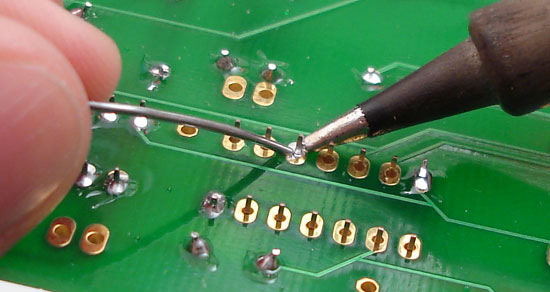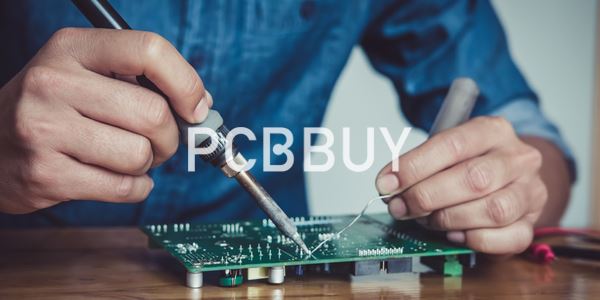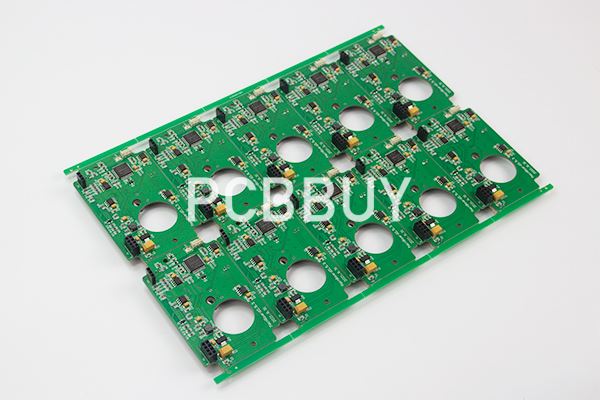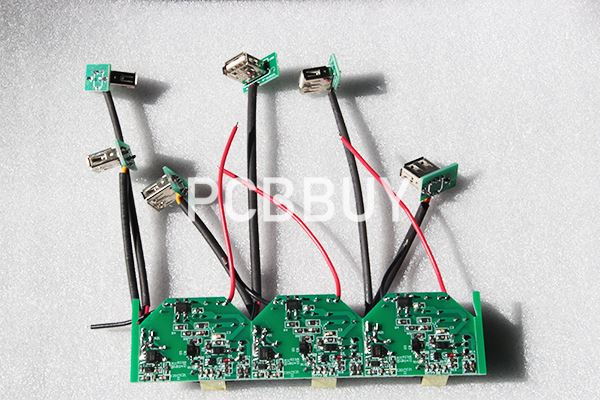5 Tips to Learn PCB Solderability Test Standard in manufacturing process
By:PCBBUY 10/15/2021 09:46

Solderability testing helps determine if a component provides the degree of wetting necessary for a solid solder connection. A poor test result indicates a less-than-optimal connection. Without this testing, you may have to rework the connections.
If you are interested in the professional knowledge of PCB solderability testing, please check and read the content for more information about it. Come and join us for 5 tips of PCB solderability testing in manufacturing process.

1. What are the types of PCB solderability testing?
Dip and look
Dip and look subjects the leads and terminations to up to 8 hours of steam conditioning, accelerating the aging process. (This is why skin doctors warn against saunas and hot showers!) Next, testers dip the components into solder using activated rosin flux. Finally, they’re inspected to ensure they meet requirements.
Surface mount simulation test
The surface mount simulation test is available for all surface mount technology (SMT) components, including ones that can’t use other types of PCB testing methods like dip and look. A specific solder paste is screen-printed onto a ceramic plate. The component then goes into the paste and is subjected to a convection reflow profile.
Wetting balance analysis
Wetting balance analysis also ages the components to measure the wetting forces. The testers plot the wetting force, starting at negative. Solderability is measured as the amount of time it takes for wetting to occur.
2. What are the preparations before PCB solderability testing?
The right tools and equipment are one of those factors which will see you staying relevant in a competitive environment.

Besides the soldering iron, other tools that you may need during soldering include the following:
Solder Flux
The Solder Flux acts as a purifying agent, and it purifies the components while closing out extra air to prevent rust. The Solder Flux is one of the essential tools to have at hand when soldering.
Solder Paste
Solder Paste joins various leads of chip packages to connection ends of boards. The solder paste appears like a gray putty-like substance.
Solder suckers
Solder suckers also go by the name solder pumps. These mechanical vacuum pumps suck solder away from solder joints.
Wire cutters
Even though they tend to be small, wire cutters are convenient tools. You can use the wire cutter to cut off long component legs.
Soldering iron tip cleaner
Soldering tip cleaners are necessary during soldering. They are for cleaning iron tips from any old solder or carbon accumulation.
3. What are the requirements of PCB solderability testing?
Your PCB tester will be able to determine if the attached components, such as leads and terminations, have the ability to endure the high temperatures involved in soldering.

There are various standardized solderability test procedures that are used by the industry. The two most commonly used tests are the dip and look test and the wetting balance test. Both methods have been regarded as the most versatile for standardized assessments but the dip and look test is more common. The third type of test, The globule test is widely used in Europe. All Solderability tests are accepted by IPC, EIA, and the military services. Let’s get down to the details, IPC-J-STD-001 for solderability test for components and IPC-J-STD-003 for boards are used as industry standards for evaluating solderability.
4. How to improve the possibility of reliable PCB soldering?
In the field of electronics, the quality of the solder matters a lot. Therefore, with poor solder joints, then the transmission of signals from one point of the board to the next would almost be impossible.
Reliability in solder joints is necessary for the proper functionality of the whole board. These tests point out faulty solder joints that need attention, thereby bringing out the possibility of having reliable solder joints.
5. What is the cost of PCB solderability testing?
Most designers consider the solder test as a destructive process. However, the test ends up saving PCB production costs. As we mentioned earlier, poorly soldered surfaces call for reworking. This will consume your time and resources. Generally, solderability testing:
· Minimizes assembly problems, such as solder mask misuses.
· Enhances the probability of quality solder joints.
· Validates safe storage.
Industry Category











